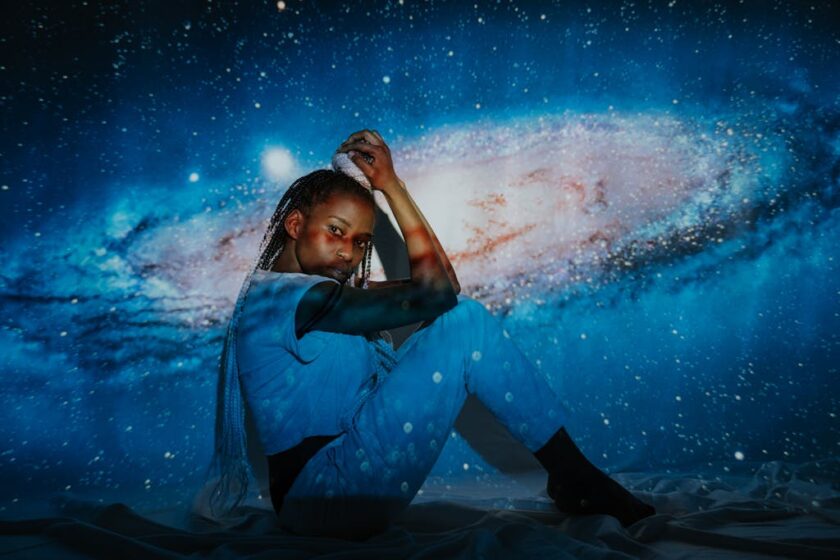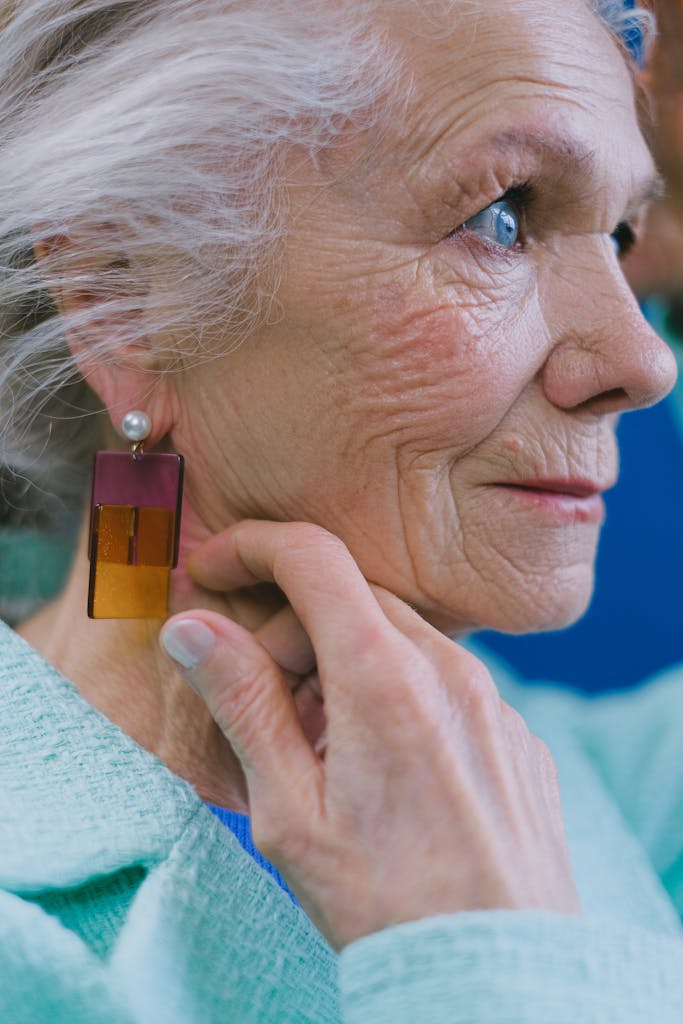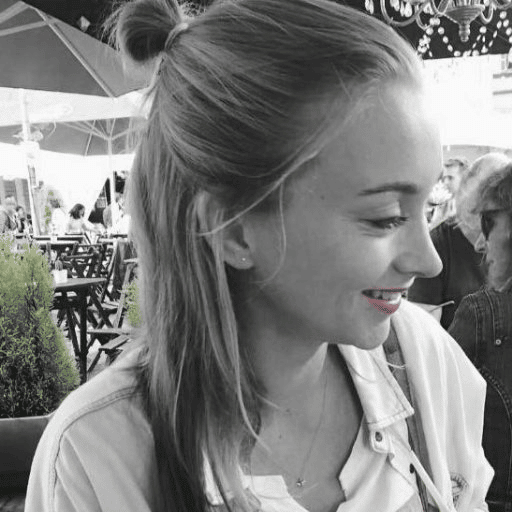Photography and Creativity : Nurturing imagination, identity, and inclusion in an automated world.
March 8th, 2024
Artificial intelligence has become seamlessly woven into various aspects of our daily lives. While it adeptly handles routine and repetitive tasks, there’s an ongoing concern about the fate of distinctly human qualities that underpin creativity.
Despite worries that automation could diminish the significance of human ingenuity, and how key attributes are now more crucial than ever to hold on to what sets us apart, such as gender stereotypes, diverse backgrounds and cultural experiences. The spark of human creativity is inherently individual, formed from personal experiences that constantly shape someone’s consciousness and condition their creative ideas.
While creativity might be influenced by many factors, its three core traits are: Imagination, Identity and Inclusion. Celebrating the theme of this year’s International Women’s Day–to inspire inclusion–this article explores how to nurture creativity in photography, and uphold our collective sense of belonging, of feeling relevant, and of being empowered in an automated world.

The Value of Human Creativity
Human creativity serves as the cornerstone for innovation across various facets of life. When we nurture creativity, we invite untold possibilities and, in an era of complex technology, nothing remains more valuable than human creativity. Someone’s own stories and diverse creative expressions are carved by the culture they live in, and the gender they identify as. The greatest photographs are still those conceived in the photographer’s mind even while AI evolves, or cameras and software continue to progress.
Human creativity fosters inclusiveness and connections between people and communities. Being able to convey messages through artful videography or sell services and products through considered prose is incredibly important when speaking to a wide and diverse audience. Expressed through storytelling, visual arts or other creative mediums, it serves as a universal language. Creativity manifests in a photographer’s unique way of seeing the world and capturing perspectives others miss. It’s a willingness to take risks and subvert conventions in an imaginative way that inspires inclusion.
While technology provides the means, creativity provides the vision–in other words, cameras and software are mere tools awaiting the photographer’s prompts and creative direction. With creativity, photography becomes a unique art form rather than an automated process. While AI can streamline processes, it has its limits at navigating complex, ambiguous situations–all aspects of creative thinking that machines struggle to reproduce.

Three core creative traits:
Imagination
As one core trait of creativity, imagination allows us to explore novel perspectives, devise innovative solutions, and approach challenges with out-of-the-box thinking. Photographers are inherently reliant on their imagination to conceive images and compositions. The hallmark of successful creatives lies in their ability to perceive subjects and scenarios not just as they exist in the present moment, but what they have the potential to become.
Cultivating imagination is vital in life as it empowers individuals to envision possibilities beyond the current reality. Those who nurture their imaginative faculties, both for fun and in high-pressure situations like photo shoots, often find it easier to be creative in everyday life. Imagination is not only a cornerstone for generating original ideas but also a catalyst for adapting to accept diverse personalities, or situations and embracing the potential for positive change.
In addition, imagination serves as a bridge to empathy and understanding. By imagining ourselves in others’ shoes, we can counteract human nature’s “us vs. them” mentality to better comprehend diverse perspectives and cultivate compassion. In an AI-driven world where algorithms have been found to perpetuate biases or fail to grasp the nuances of human experience, nurturing imagination becomes imperative for fostering empathy and connection.
Identity
Personal identity is the unique combination of traits, experiences, and perspectives that define an individual, and together, they play a fundamental role in the creative process. Crafting our personal identities shape the stories we tell, and support the brand we sell. While AI increasingly curates content tailored to individual preferences, safeguarding personal identities holds an even greater value.
Moreover, embracing and celebrating diverse identities in an increasingly digital world fosters a richer tapestry of creativity. Holding onto our own identity in our creative projects is a way of showing who we are and how we relate to other people. This is an integral part of how people interpret the world around us. In an AI-driven world where algorithms may inadvertently perpetuate stereotypes or overlook marginalized voices, asserting diverse identities, and celebrating differences is essential for promoting inclusivity, and equity in creative spaces.
Inclusion
Inclusion goes beyond mere diversity; it encompasses creating environments where every individual feels valued, respected, and empowered to contribute. In the realm of creativity, fostering inclusivity is not only a moral imperative but also a strategic advantage.
Diverse photography communities bring a wealth of perspectives, experiences, and insights to the creative process, leading to more innovative solutions and richer storytelling. Moreover, embracing inclusivity in creativity serves as a safeguard against the pitfalls of potential AI bias. By carefully examining situations and accepting what sets people apart, we can make well-rounded decisions, ensuring creative projects run smoothly and exceed expectations.

Fostering emotional intelligence for creative thinking.
Photography isn’t just about technical skills–it also relies on emotional intelligence and creative intuition, which are valuable in other areas of our lives too, from our social skills to how we operate at work. As artists and creative thinkers, photographers have the opportunity to hone their ability to make unexpected connections, often overlooked by logical thinking. Leveraging intuition and gut instinct can lead to improved client experiences and impactful images that evoke emotion and empathy.
The key is nurturing skills that allow photographers, and creatives in any discipline, to transcend technical mastery and enter the realm of imagination, perspective, and vision to innovate on a variety of projects. In today’s age of smart cameras and AI-enhanced photography, nurturing the human creative spirit becomes essential for photographers aiming to capture powerful images.
While photography thrives on tools and manipulation, sometimes the best way to nurture creativity is to simply step away from tech or AI tools, and immerse yourself in observation. This could look like finding patterns in the world around you, observing how light interacts with objects throughout the day, or it can be as simple as exploring and analyzing natural constraints such as only using natural light, only flash, or only shooting at a certain time of day.
As we navigate the increasingly intertwined realms of creativity and AI, imagination, personal identity, and inclusivity emerge as indispensable tools for harnessing the full potential of human creativity. By cultivating the power of our imaginations, asserting our personal identities, and embracing inclusivity, we can ensure that creativity remains a uniquely human endeavor – one that celebrates the richness and diversity of the human experience.
Even as automation shapes more of our world, the pressing need for creative thinking becomes ever-more important. In a field increasingly influenced and aided by smart technology and business tools for creatives, the most impactful images are still realized by the photographer’s creative eye, perspective, and vision. While there’s no denying that we should utilize technology, we also have to be careful not to lose our creative spark to it entirely. Yes, AI has countless advantages, but human creativity remains the spark that ignites progress.




